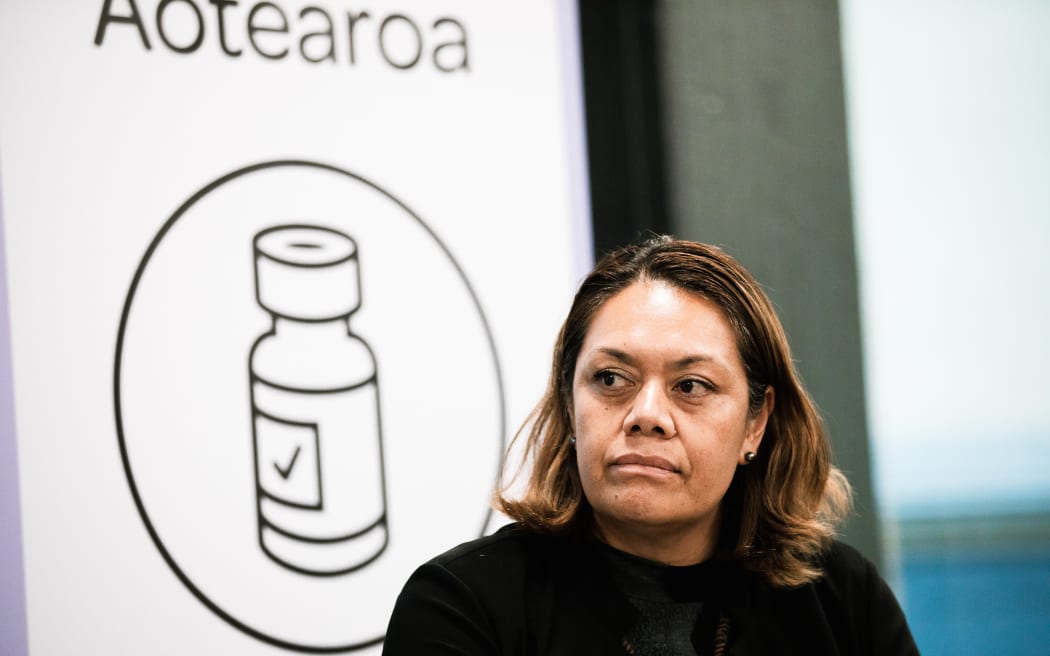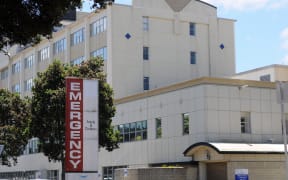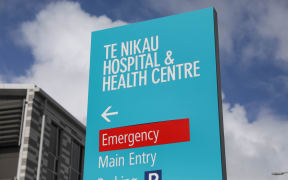
Tens of thousands of Kiwis have long waits for surgery as a result of the Covid-19 pandemic (file image). Photo: 123RF
A taskforce has delivered 101 recommendations to cut surgical wait times - but no targets for when they will be achieved.
The Planned Care Taskforce was set up to try help the tens of thousands of people waiting for planned - or non urgent - surgery, with wait times becoming worse because of the Covid-19 pandemic.
Recommendations included giving GPs more ability to be able to diagnose without the need for a specialist, cutting the number of times patients see specialists, moving patients between regions for care, and greater use of the private sector.
It was one of the first major pieces of work by the new Te Whatu Ora/Health New Zealand agency which replaced the 20 district health boards.
In June, there were 28,500 people waiting longer than four months for planned care - so called non-urgent operations that used to be known as elective surgery.
That number had likely ballooned in the following months because very little non-acute surgery was happening in hospitals swamped by Covid-19, flu and staff illnesses, but the taskforce was clear that the wait list problem existed long before the pandemic.
It had not set time targets for cutting the numbers, but Te Whatu Ora Health NZ's chief executive Margie Apa said while some recommendations were already being implemented, others would take years.

Te Whatu Ora Health NZ's chief executive Margie Apa. File photo Photo: RNZ / Samuel Rillstone
Taskforce chair Andrew Connolly said the ability to do more surgery was partly constrained by the need for safe working hours as there were limits to how long surgical teams could work each day.
But by working more efficiently they could make big gains.
The waits for seeing a specialist - a first step in accessing surgery - had grown.
In June, there were 35,264 people who had been waiting longer than four months for surgery, nearly triple the number there was in December 2019, just before the pandemic.
The taskforce found some patients were seeing specialists more than they needed to before or after their surgery.
Cutting that duplication would make a more efficient system, both saving time for individual patients and cutting bottlenecks.
Big workforce shortages were acknowledged, with the taskforce saying there were not enough people to do all the work that is needed immediately.
It said more work was done to address inequitable wait times for Māori, Pacific and rural patients.





